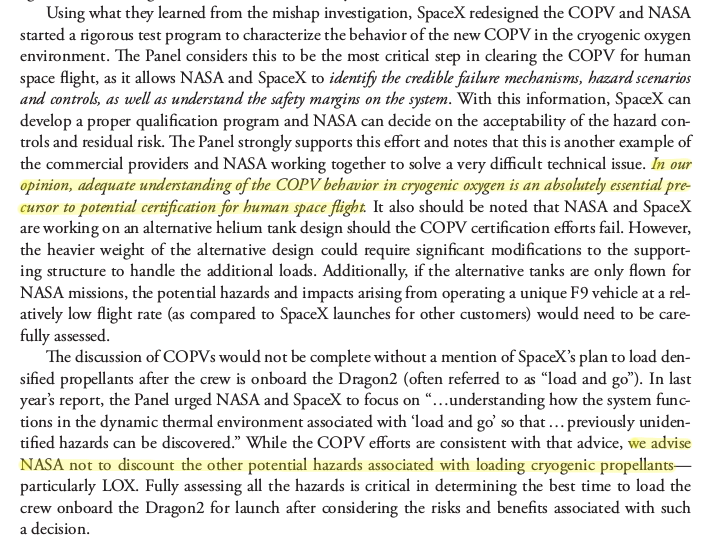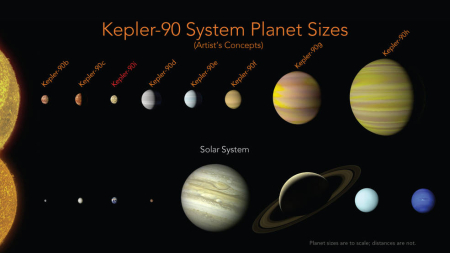NASA’s interim administrator to retire in April
NASA’s interim administrator, Robert Lightfoot, has announced that he plans to retire in April.
Lightfoot’s retirement leaves NASA without any leadership, as the Senate has shown no interest in confirming Trump’s candidate for the position, Congressmen Jim Bridenstine (R-Oklahoma).
All 49 Democrats in the Senate are expected to vote against to Bridenstine’s confirmation, and Sen. Marco Rubio (R-Florida) is also reportedly also opposed, Space News reported. Sen. John McCain (R-Arizona) is not in Washington as he undergoes treatment for cancer, leaving Bridenstine short of the 50 votes needed for confirmation.
Bridenstine is not a perfect choice, and I have reservations about his commitment to commercial space, but the reasons for the Democratic opposition is, as far as I can tell, the same as all their other opposition to every other Trump or Republican proposal: pure spite. “We hate it because of YOU!”
The lack of a politically appointed administrator at NASA however is not necessarily a bad thing, considering that the important stuff happening right now is not at NASA but in the private sector. Having NASA adrift for awhile might actually work to weaken NASA’s pork projects, SLS and Orion, that are in direct competition with private space.
NASA’s interim administrator, Robert Lightfoot, has announced that he plans to retire in April.
Lightfoot’s retirement leaves NASA without any leadership, as the Senate has shown no interest in confirming Trump’s candidate for the position, Congressmen Jim Bridenstine (R-Oklahoma).
All 49 Democrats in the Senate are expected to vote against to Bridenstine’s confirmation, and Sen. Marco Rubio (R-Florida) is also reportedly also opposed, Space News reported. Sen. John McCain (R-Arizona) is not in Washington as he undergoes treatment for cancer, leaving Bridenstine short of the 50 votes needed for confirmation.
Bridenstine is not a perfect choice, and I have reservations about his commitment to commercial space, but the reasons for the Democratic opposition is, as far as I can tell, the same as all their other opposition to every other Trump or Republican proposal: pure spite. “We hate it because of YOU!”
The lack of a politically appointed administrator at NASA however is not necessarily a bad thing, considering that the important stuff happening right now is not at NASA but in the private sector. Having NASA adrift for awhile might actually work to weaken NASA’s pork projects, SLS and Orion, that are in direct competition with private space.



